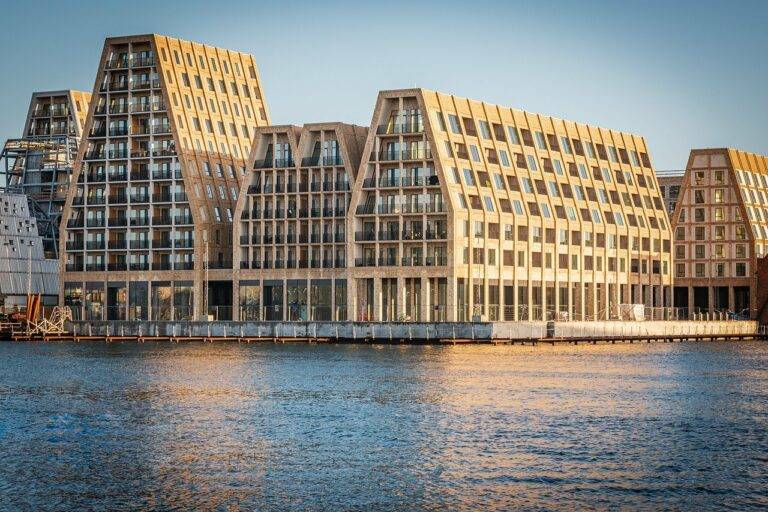The Future of Space Exploration Tourism: Ventures Beyond Earth’s Orbit
Space tourism beyond Earth’s orbit presents a myriad of challenges that need to be carefully addressed for successful missions. The extended duration of space travel, especially in deep space, poses significant risks to the health and well-being of travelers. Exposing individuals to prolonged periods of microgravity and cosmic radiation can have detrimental effects on the human body, requiring advanced medical interventions and countermeasures to ensure the safety of space tourists.
Moreover, the logistical complexities of interplanetary travel, such as the need for life support systems, waste management, and resource sustainability, add another layer of difficulty to space tourism beyond Earth’s orbit. Developing efficient and reliable spacecraft capable of sustaining human life for extended periods in deep space is crucial but requires innovative solutions to overcome the inherent challenges of operating in such harsh and remote environments. Balancing the technical requirements with the safety and comfort of space tourists will be crucial in realizing the vision of interplanetary travel for private individuals.
Spacecraft Technology Advancements for Future Space Tourism
Spacecraft technology advancements for future space tourism are opening up new possibilities for individuals to venture beyond Earth’s atmosphere. Companies are developing innovative spacecraft designs with improved safety features and enhanced capabilities to accommodate space tourists. These spacecraft are equipped with state-of-the-art communication systems, life support mechanisms, and propulsion systems to ensure a smooth and comfortable journey for passengers.
Moreover, advancements in materials science are playing a crucial role in spacecraft technology for future space tourism. Lightweight yet durable materials are being utilized to increase fuel efficiency and reduce overall mission costs. These advancements are essential for achieving sustainable and cost-effective space tourism opportunities for a broader audience in the years to come.
Potential Destinations for Space Tourism in the Solar System
Among the potential destinations for space tourism in the Solar System, one of the most captivating possibilities is Mars. The Red Planet has long fascinated scientists and space enthusiasts alike, with its barren landscapes and potential for sustaining human life. Visiting Mars would offer a one-of-a-kind experience, allowing tourists to witness its unique features such as towering volcanoes and vast canyons.
Another intriguing destination for space tourism is Saturn’s moon Titan. Known for its thick atmosphere and methane lakes, Titan presents a unique opportunity for tourists to explore a world drastically different from Earth. The idea of boating on liquid methane lakes or witnessing hydrocarbon rain showers adds an exciting element to the prospect of traveling to Titan.
What are some of the challenges of space tourism beyond Earth’s orbit?
Some of the challenges include radiation exposure, long duration space travel, and the need for advanced life support systems.
How is spacecraft technology advancing for future space tourism?
Spacecraft technology is advancing with developments in propulsion systems, reusable rockets, and inflatable habitats to support longer duration missions.
What are some potential destinations for space tourism in the Solar System?
Potential destinations for space tourism in the Solar System include the Moon, Mars, and possibly even asteroids or moons of other planets.
Will space tourists be able to experience weightlessness on these trips?
Yes, space tourists will likely experience periods of weightlessness during their trips, especially if they travel on suborbital or orbital missions.
How much would it cost for an average person to go on a space tourism trip?
The cost of space tourism trips can vary widely, but current estimates suggest it could be in the millions of dollars range for a trip beyond Earth’s orbit.





